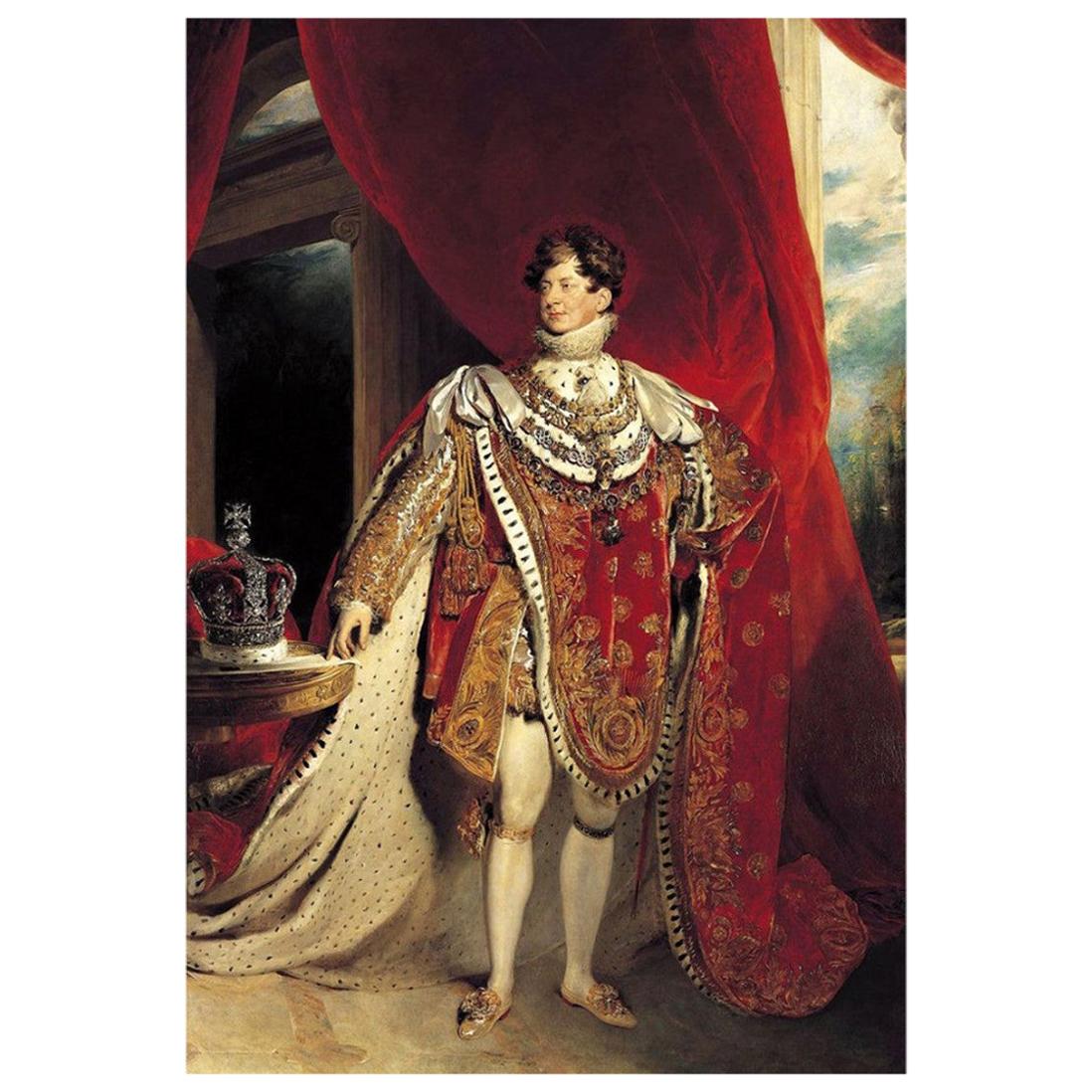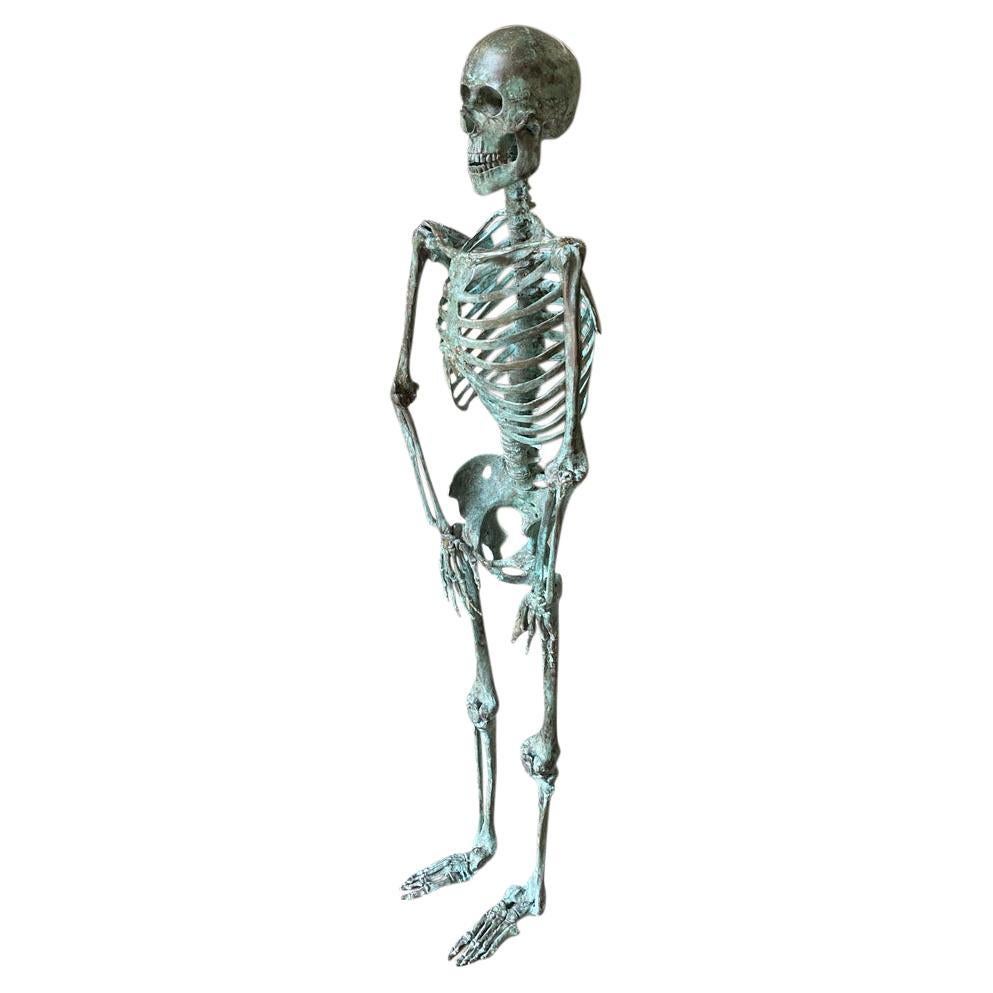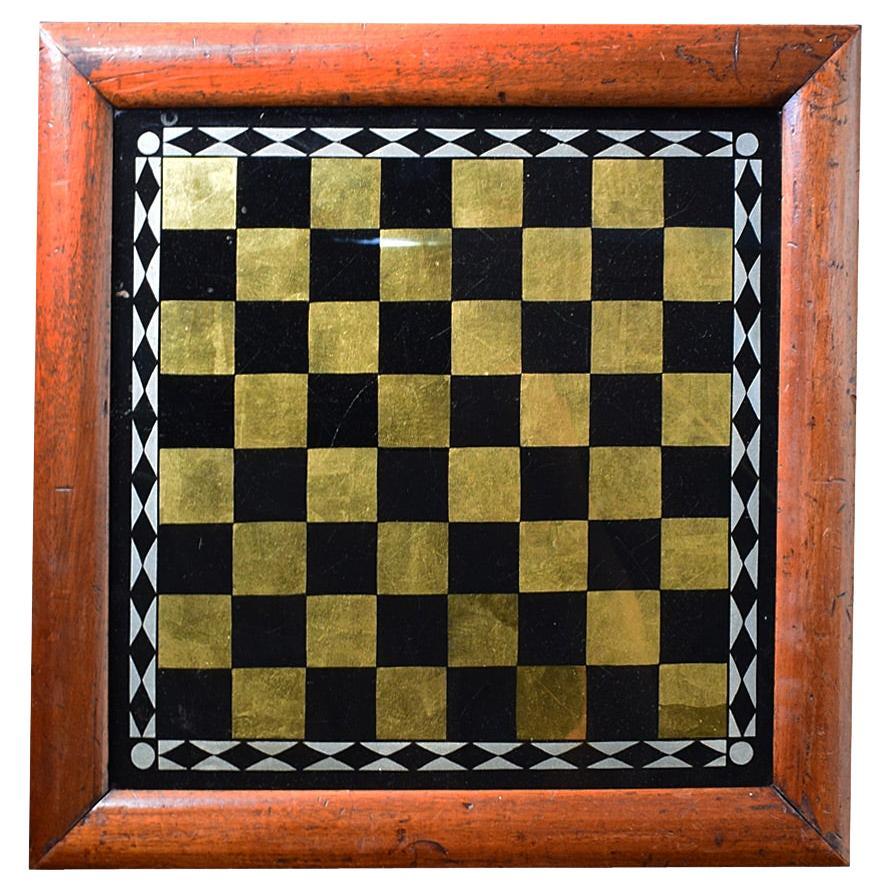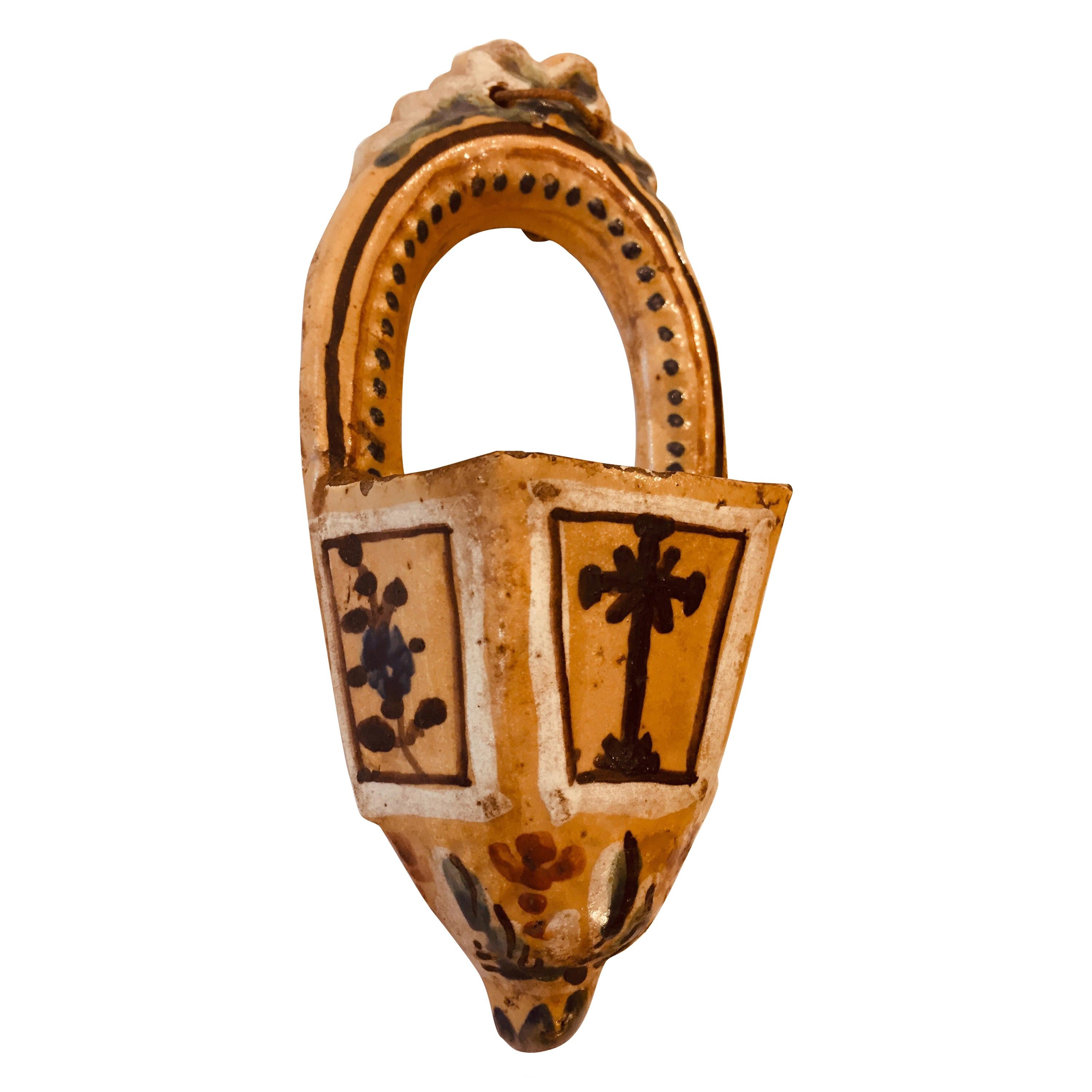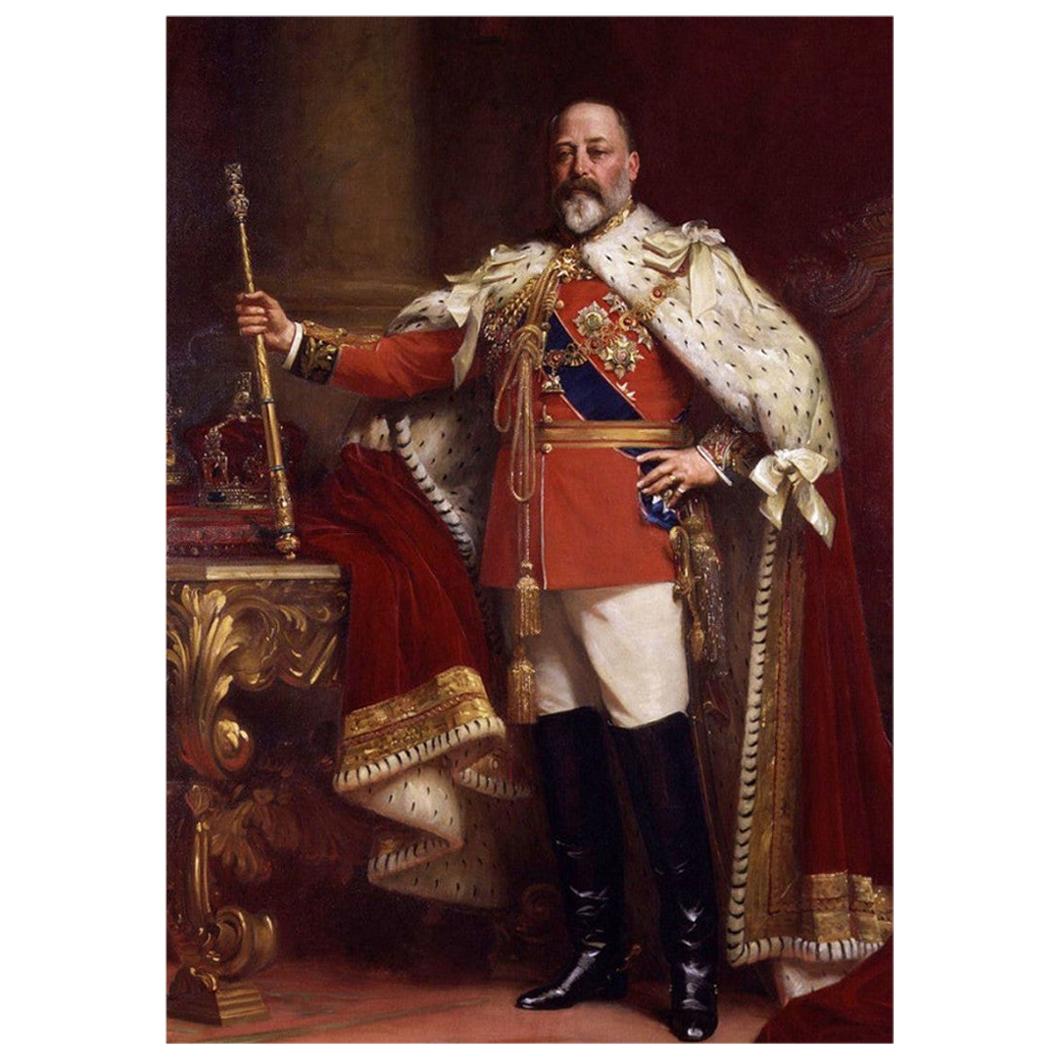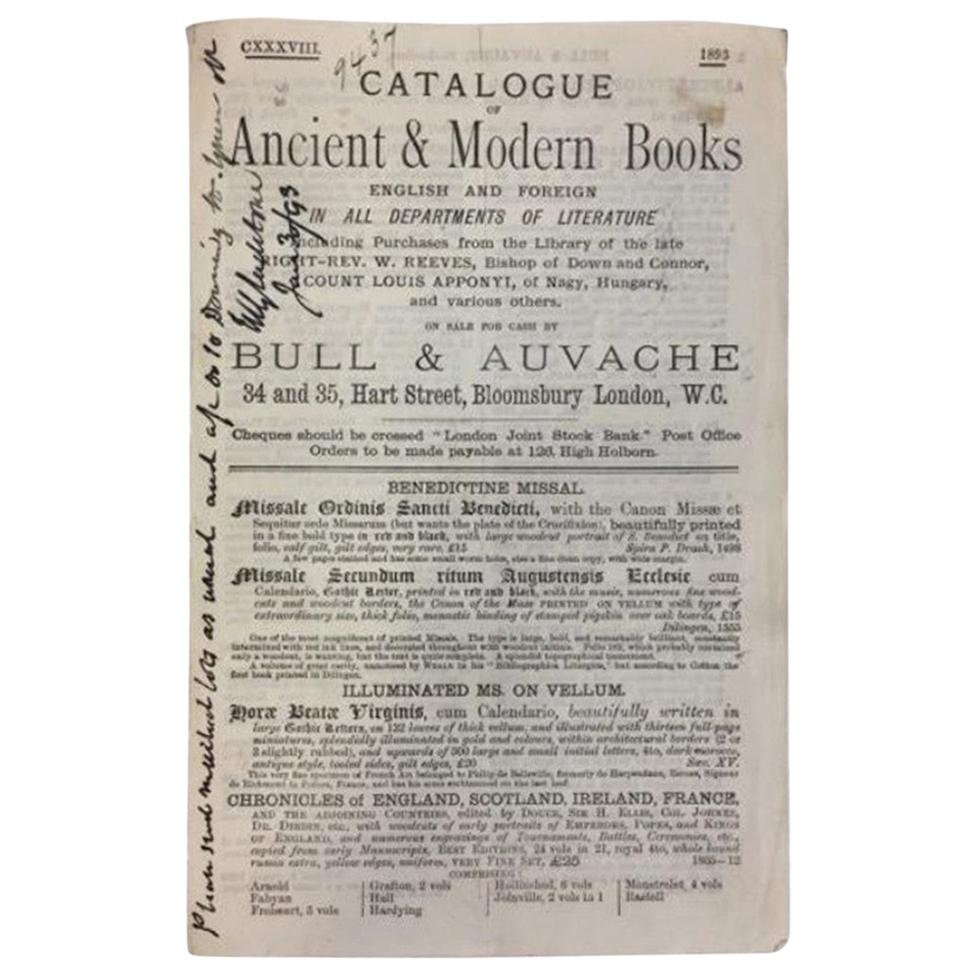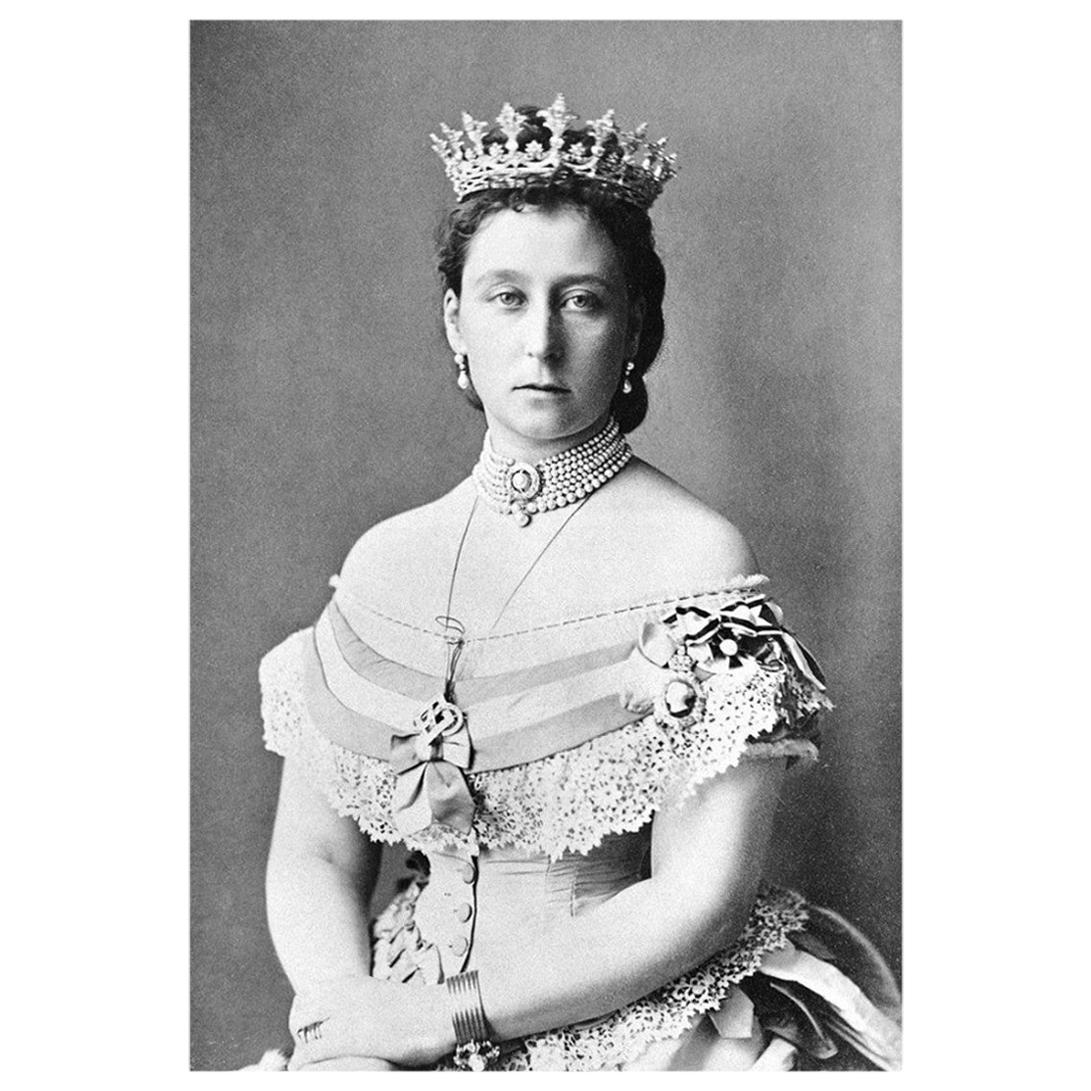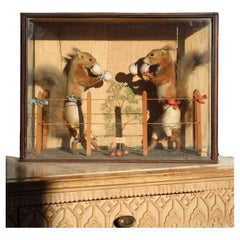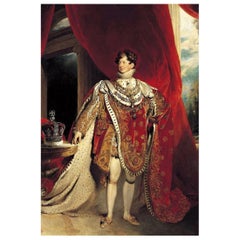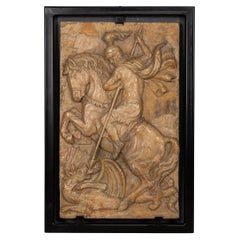
19th Century George IV the Living Skeleton 1825 Freak Show Advertisement
View Similar Items
Want more images or videos?
Request additional images or videos from the seller
1 of 16
19th Century George IV the Living Skeleton 1825 Freak Show Advertisement
About the Item
- Dimensions:Height: 14.77 in (37.5 cm)Width: 5.91 in (15 cm)Depth: 0.6 in (1.5 cm)
- Style:George IV (Of the Period)
- Materials and Techniques:
- Place of Origin:
- Period:
- Date of Manufacture:1825
- Condition:Wear consistent with age and use. In all round good condition, minor foxing to paper, minor wear to frame.
- Seller Location:Lowestoft, GB
- Reference Number:1stDibs: LU4612114646632
About the Seller
5.0
Platinum Seller
These expertly vetted sellers are 1stDibs' most experienced sellers and are rated highest by our customers.
Established in 2013
1stDibs seller since 2019
162 sales on 1stDibs
Typical response time: 1 hour
More From This SellerView All
- 19th Century Distortion Optical Mirror Concave Curio Fairground CircusLocated in Lowestoft, GBA rare late 19th century distortion mirror, with a concave plate Housed in its original softwood well carpentered frame with faux rosewood finish The thick plate has some pitti...Category
Antique Late 19th Century American Wall Mirrors
MaterialsMirror, Pine
- 19th Century Artist Pigment Painting Tray, Colourmans Sales SamplerLocated in Lowestoft, GBA collection of thirty red and white cylindrical card boxes of pigment with decorative descriptive labels. Each container sits within its own section of a well made pine tray. Origin...Category
Antique Mid-19th Century English Scientific Instruments
MaterialsNatural Fiber, Pine
- 19th Century Anthropomorphic Taxidermy Boxing Squirrels by Edward HartLocated in Lowestoft, GBA very rare anthropomorphic taxidermy scene of two red squirrels boxing, housed in its original pine and glazed case with hand painted backdrop. The...Category
Antique Late 19th Century English Victorian Taxidermy
MaterialsNatural Fiber, Glass, Pine
- 19th Century Arnold & Son Veterinary Operation Key Table "Canine Table"Located in Lowestoft, GBA wonderful late 19th century operation table also known as the "canine table" Made by Arnold & Son who where established in 1819 as a chemist and dru...Category
Antique 1890s English Late Victorian Scientific Instruments
MaterialsOak
$5,326 Sale Price29% Off - 19th Century Circa 1860 Victorian Miniature English White Terrier TaxidermyLocated in Lowestoft, GBA very rare Victorian taxidermy dog, often scaled down by the best naturalist of the period. Also could be the extinct English White Terrier circa 1860 ...Category
Antique Mid-19th Century English Victorian Taxidermy
MaterialsNatural Fiber, Glass, Pine
- 19th Century Large Collection of Victorian Conchology Shell Specimens TaxidermyLocated in Lowestoft, GBA large collection of late Victorian shell specimens, the majority housed in its pine box with each specimen having its period card sleeve, the remainder displayed in glazed blue car...Category
Antique Late 19th Century English Late Victorian Taxidermy
MaterialsNatural Fiber, Blown Glass, Paper, Pine
You May Also Like
- King George IV Authentic Antique Strand of Hair 18th Century / 19th CenturyLocated in Jersey, GBIn 1811 King George IV (1762-1830) stepped up as Prince Regent in place of his father George III, who was no longer well enough to rule. An enthusias...Category
Antique Late 18th Century Historical Memorabilia
MaterialsOther
- 19th Century Italian Marble Plaque of George Slaying the Dragon, C.1870Located in Royal Tunbridge Wells, KentAntique 19th Century Italian Grand Tour marble relief depicting St George slaying the Dragon. England has always been one of the leading countries in terms of travelling and explori...Category
Antique 19th Century Italian Grand Tour Historical Memorabilia
MaterialsMarble
- King William IV Authentic Antique Strand of Hair, 19th CenturyLocated in Jersey, GBKing William IV took to the throne following the death of his brother, George IV. He’s remembered as a humble ruler, who oversaw fundamental reforms in...Category
Antique 18th Century Historical Memorabilia
MaterialsOther
- 19th Century Bronze SkeletonLocated in Atlanta, GAA sensational 19th century skeleton in bronze originating from the Louvain University Of Medicine - Belgium. An excellent addition to any doctor...Category
Antique 19th Century Belgian Figurative Sculptures
MaterialsBronze
$19,750 - 19th Century, Irish Marine Botany Specimens Made for the Niagara Falls MuseumLocated in Hamilton, Ontario19th century Irish Marine Botany Specimens made for Thomas Barnett of the Niagara Falls Museum. Seaweed samples were collected off the West Coast of Ireland in 1871 by Mrs. Maria J.W. Kirkwood and presented to Thomas Barnett Esquire, proprietor of the Niagara Falls Museum. These come as two separately framed pieces with hand embroidered lettering surrounded by seaweed and a poem written by Victoria Hall. Free shipping within the United States and Canada. The Niagara Falls Museum was a museum most notable for being the oldest Canadian museum (1827), as well as for having housed the mummy of Ramesses I for 140 years before its return to Egypt in 2003. It was founded by Thomas Barnett of Birmingham, England and underwent a few vocational changes in its history. More on Thomas Barnett and the Niagara Falls Museum. Thomas Barnett was born on December the 4th, 1799 near Birmingham, England. He moved to Canada in the early 1820s and opened the Niagara Falls Museum in 1827 at the base of the Canadian Horseshoe Falls. Barnett had a passion for collecting oddities. He retrofitted a former brewery house to exhibit his private collection. Although Barnett was aware of the collection patterns of his North American contemporaries, his own approach bore an uncanny similarity to the British tradition, such as the Ashmolean Museum in Oxford, the first traditional museum in Britain. The Niagara Falls Museum had humble beginnings. In 1827, the first museum contained Thomas Barnett's own cabinet of taxidermic curiosities. Although the details were not documented, the collection was likely composed of a number of mounted animals of local origin, combined with a smattering of Native American artifacts. Barnett's collection however rapidly grew. Prior to 1844, an account of the museum's contents stated that there were over 5000 items, including bipeds, quadrupeds, birds, fish, insects, reptiles, shells, minerals, and Native American curiosities. Through the first fifty years of its existence, the Niagara Falls Museum continued to acquire similar artifacts through the diligent efforts of the Barnett family and their associates. In 1854, Sydney Barnett (son of Thomas Barnett) made the first of his three trips to Egypt (two by himself and one with Dr. J. Douglas of Montreal) and purchased four mummies as well as a host of other Egyptian antiquities. In 1857, mastodon remains were discovered in St. Thomas, Ontario and later placed in the museum. In 1859 an inventory of the museum's contents included, in addition to the previously mentioned artifacts, an egg collection...Category
Antique 19th Century Decorative Art
$3,250 Sale Price / set27% Off - Russian Icon with Processional Cross 19th CenturyLocated in Brussels, BrusselsVery beautiful Russian icon with a processional cross in its center from the 17th century We can see that the icon was created to accommodate the processional cross with the Chris...Category
Antique 19th Century Belarusian Aesthetic Movement Religious Items
MaterialsWood
